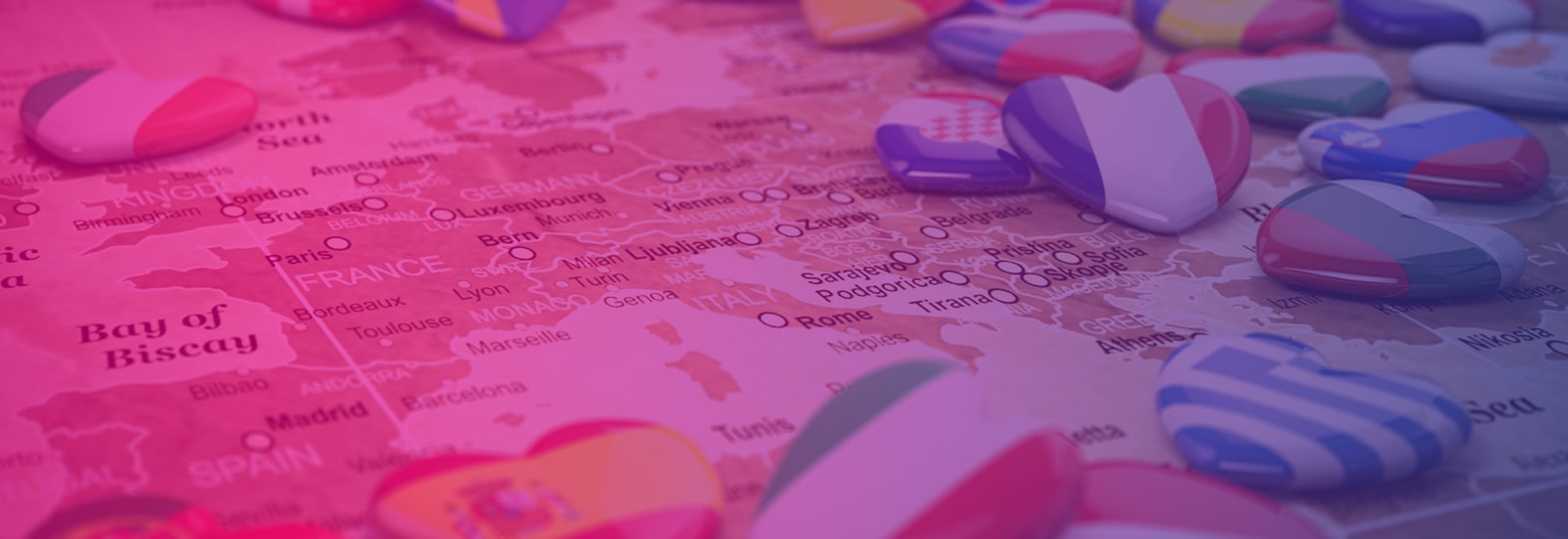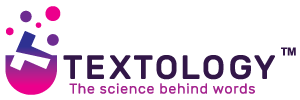
Despite being almost the smallest of the continents, Europe is home for over 740 million people distributed between 46 sovereign nations. As a result, Europe’s a real melting pot for languages ̶ the European Union recognizes 24 official languages and over 60 minority languages, but the full list of spoken languages consists of over 150 entries (most of which evolved from the Indo-European family). Many of those languages open up great possibilities for expanding your business abroad and keeping your market position high. So which languages are worth expanding to? Let’s find out.
European languages with most native speakers
Based solely on the number of native speakers, we can point out seven (including English) most popular languages in Europe. This list consists of:
Russian
Although only a small part of Russia is in Europe, its official language has over 120 million native speakers. This alone makes it a very viable option for business expansion. There’s one thing you’ll have to keep in mind though – Russian uses a completely different alphabet (Cyrillic) than most of Europe-based languages (which use Latin alphabet). This might be a problem if you plan on mastering it yourself, but a professional translator can easily help you with translating and localizing (contrary to appearances, they’re not the same process – learn more in our post on differences between translation and localization) your business content. Expanding to Russian also grants you access to Belarusian (official language), Kazakh, Kyrgyzstan (one of official languages) and many of eastern European (taught in schools during Soviet Era) markets. Russian is also quite similar to Ukrainian, which makes it a good side stepping stone for that market.
German
German is the second most widely spoken native language of Europe – over 100 million European people speak German. It also comes in second (after English) as the most widely understood language, being a popular option for second or third language in a large part of the continent. Along with English and French it’s one of the procedural languages of the European Union and an official language of Germany and Liechtenstein. German is also a co-official language for Switzerland, Austria, Luxembourg and Belgium. On this basis we can safely assume German localization is a good way to expand your business.
French
Coming in third, French has about 80 million native speakers in Europe alone, being the official language in France and co-official in Switzerland, Luxembourg and Belgium. With the addition of the people who learned it as a second language, French is known by over 30% of Europe’s inhabitants. But that’s not all – French is also a primary language of many international organizations (e.g. the World Trade Organization and the United Nations) and is used as an official or administrative language in 29 countries around the world. All this makes it one of the best foreign languages to expand to.
English
English is spoken as the first language by about 70 million people in Europe alone and is taught as a second in almost all European countries (about a half of 15- to 35-year-old and a third of older Europeans can speak it), which makes it one of the most spoken languages in Europe. Its global reach is even more impressive – it’s the mother tongue for 400 million people worldwide and is often considered modern lingua franca (common language). Despite that, it’s worth noting that some scholars theorize that after Brexit, the European position of the language of the United Kingdom and Republic of Ireland will weaken in the future. If by any chance English isn’t your main business language, it’s by far the easiest option for going global.
Turkish
The official language of Turkey is natively spoken by 70 million of Europe’s inhabitants. It’s also a widely spoken language around the Mediterranean (especially Macedonia, Serbia and Greece) and parts of Central Asia. The emigration of Turkish people in recent years also spread the language across Europe (e.g. there’s over 2 million Turkish speakers living in Germany now). It’s worth noting that Turkish is a part of the Ural-Altaic Linguistic Family (which makes it closely related to Hungarian and Finnish) and since 1928 uses Latin alphabet. It’s quite possible for Turkish to spread even farther in the future, which makes it a viable option for business expansion.
Italian
National language of Italy has about 69 million native speakers in Europe. About 3% of the continent’s inhabitants know it as a second language. Italian is also a co-official language in San Marino, Switzerland and the city-state of Vatican. This makes Italian a good stepping stone for the future expansion of your business. There’s also a considerable population of Italians in the United States of America.
Spanish
Although not the most common language on the Old Continent (only 45 million Europeans claim Spanish as their mother tongue), in the global scale it’s second-most spoken native language in the world (right behind Mandarin Chinese) with over 480 million speakers worldwide (spread between 21 countries with Spanish as the official language). This widespread and the fact that Spanish is one of the easiest languages to learn for English-speaking people makes it one of the best ways to expand any English-based business. Just remember to properly prepare your webpage – here’s how to translate business webpage.
Less exposed languages with business potential
Expanding your business into widely known language gives you great opportunities for growth but also brings about fierce competition ̶ almost everyone wants to put their fingers in that pot. Depending on the nature of your business, it’s often better to find a less known niche to thrive in. Therefore, while considering opening up for a new language, it’s good to also check out less travelled routes. Here’s a few less obvious options:
Romanian
Romanian is primarily spoken in Romania, Transnistria and Moldova and currently has approximately 23 million native speakers (which barely gives it last spot on Europe’s top 10 widely spoken languages list). It’s considered Eastern Romance language.
Dutch
The official language of the Netherlands (and co-official of Belgium) has a solid base of about 22 million people having it as the first spoken language (about 5% of total population of Europe). This may not seem much, but the country is very friendly for business options. It’s also one of the easiest Germanic languages to pick up by native English speakers.
Polish
Even though it’s not as well known as other languages listed above, Polish has quite a large base of 40 million people speaking it natively in Europe alone. Besides its home country – Poland – Polish language is quite widely spoken in Hungary, Belarus, Czech Republic and Ukraine. All in all, almost 10% of Europe’s population knows it as the first, second or even third language.
Swedish
Swedish has currently about 9 million native speakers, most of which (8,5 million) live in Sweden itself. It’s the official language of Sweden and a co-official one in Finland.
Why translate your business?
It’s not a secret that people prefer to do business in their native languages. Therefore, if you think about expanding your business past your native country’s borders, you should enlist the help of a professional translator, so that all your content is easily understood by the target audience and there won’t be any critical mistakes.
Where can you find professional translators? In TEXTOLOGY ̶ a Translation Agency based in London. We provide high-quality translations of documents written mostly in English and Polish, but we also support Spanish, Italian, German, Russian and many more. Find out more about our specialised services: medical translations, technical translations and legal translations.

